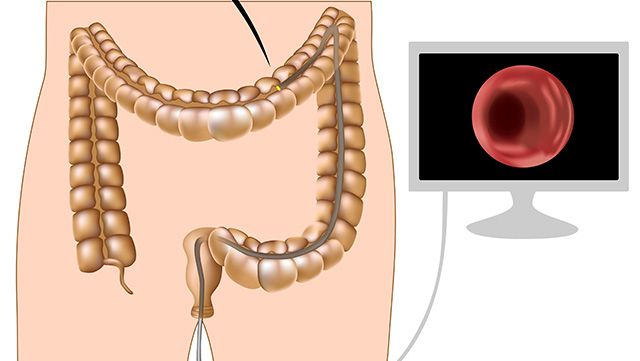Colonoscopy
A colonoscopy is an examination of the lining of the colon (large bowel) using a flexible, tube-like telescope called a colonoscope. This instrument is carefully passed through your rectum (back passage) and into the colon.
A colonoscopy is useful for finding out what is causing your symptoms, or as a check-up for certain bowel conditions. During the procedure, the doctor may take a biopsy - a sample of the lining of the colon- for examination in the laboratory. It is also possible to remove polyps, small lumps of tissue that may be found on the lining of the colon.
Colonoscopy is routinely performed as an outpatient or day case, requiring no overnight stay in hospital. A general anaesthetic is not usually required, but you will generally be given a sedative to help ensure that you are relaxed and comfortable during the procedure.
